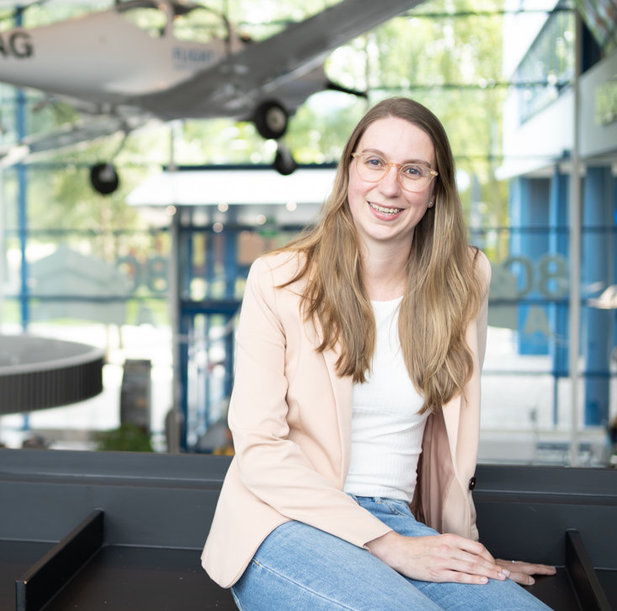Veni grant for morphing wind turbine blades - a way to enhance the energy production in turbulent environments
Five promising researchers from TU Delft's Faculty of Aerospace Engineering have been granted Veni funding by the Dutch Research Council (NWO). This funding, totaling EUR 280,000 for each recipient, will empower the awardees to advance their individual research concepts over the course of the upcoming three years. Today we introduce Delphine de Tavernier.
Research
Birds can skilfully navigate turbulent airflows by morphing their wings and bodies. Ever-growing aerodynamically-driven wind turbines lack this ability, despite their increasing sensitivity to atmospheric turbulence and flow heterogeneity along the enormous blades. This results in undesired performance losses and unnecessary loading. This research will introduce bio-inspired morphing wing technology into the design of next-generation wind turbine blades as a way to sense and instantaneously react to its local complex atmospheric environment as time evolves.

Delphine de Tavernier
“To meet the growing renewable energy demand, there is a need for extremely-large wind turbines operating in challenging offshore areas. These giant machines experience high levels of flow unsteadiness along the rotor blades in space and time. Current wind turbines cannot sense and react to the complex local environment due to their limited degrees-of-freedom at blade- and rotor-level, resulting in undesired energy losses and extensive loads.”
Shape-shifting wings
“This Veni project aims to introduce morphing wing technology (MWT) in the wind turbine’s design to provide them with the capability to adapt locally to their inflow conditions. For this purpose, I will study the unsteady aerodynamic behavior of shape-shifting wings using a combined experimental and numerical platform to demonstrate morphing wing technology in complex flows for power enhancement.”
Next steps
“With this project, I will be able to expand my research on the unsteady aerodynamics of (extremely-) large wind turbines. It is my ambition to understand and exploit the bidirectional coupling between complex inflow and rotor response to enhance the aerodynamic design of next-generation machines and thus contribute to a “better, more sustainable society”.
“This Veni gives me the opportunity to take the next steps in building my independent scientific career, expand my research team, and explore new, uncovered avenues. I am very grateful for the support of NWO, the faculty and the partners, and I cannot wait to start this exciting project.”